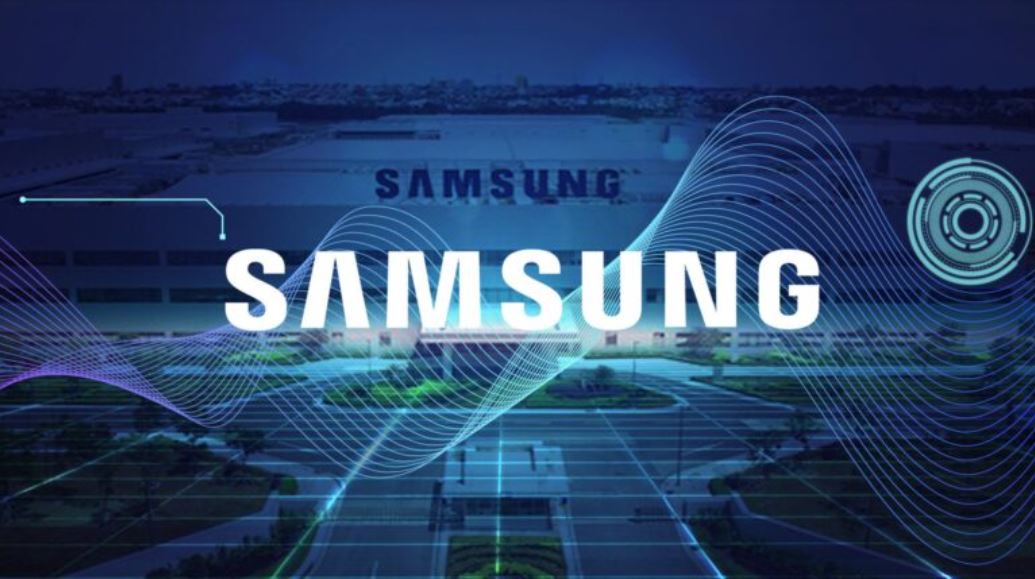
Some reports suggest that Samsung could soon receive the key for manufacturing highly efficient MicroLED screens. Some researchers at KAIST (Korea Advanced Institute of Science & Technology) have discovered a new method that entitles modifying the epitaxial structure of MicroLEDs.
When it comes to manufacturing highly-efficient MicroLED screens, one of the biggest problems is efficiency degradation. In other words, we can say that the etching process has the potential to create defects on the pixel sides. There is an inverse relation between pixels and display resolution. Since the smaller the pixel the higher the display resolution. side-wall deterioration of pixels leads to dim screens, low quality, and other such problems. Such issues halt the manufacturing of high-density MicroLED panels. These high-resolution panels have the capacity to be used in wearables and augmented and virtual reality glasses.
The researchers at KAIST discovered that modifying the epitaxial structure inhibits the efficiency degradation process. It has the capacity to reduce the heat generated by the display by almost 40% in contrast to the traditional MicroLED structures.
The Samsung Future Technologies Development Center provided assistance for the completion of this potentially groundbreaking research. And it goes without saying that this significantly raises the likelihood that Samsung Display will use this technology to produce micro LED panels for wearable electronics, virtual reality headsets, and other small-screen gadgets.
A new mixed-reality headgear being developed by Samsung Electronics is being given the working moniker “Galaxy Glasses.” It might also gain from the use of this kind of micro LED manufacturing technique. Moreover, new mini LED wearables and smartwatches could result from this development.
Release date: 31 May 2022 / 30 November 2022
Format: PDF
Languages: Tradional Chinese / English
Pages : 130–150 in total (subject to change)
If you would like to know more details , please contact:





 CN
TW
EN
CN
TW
EN





